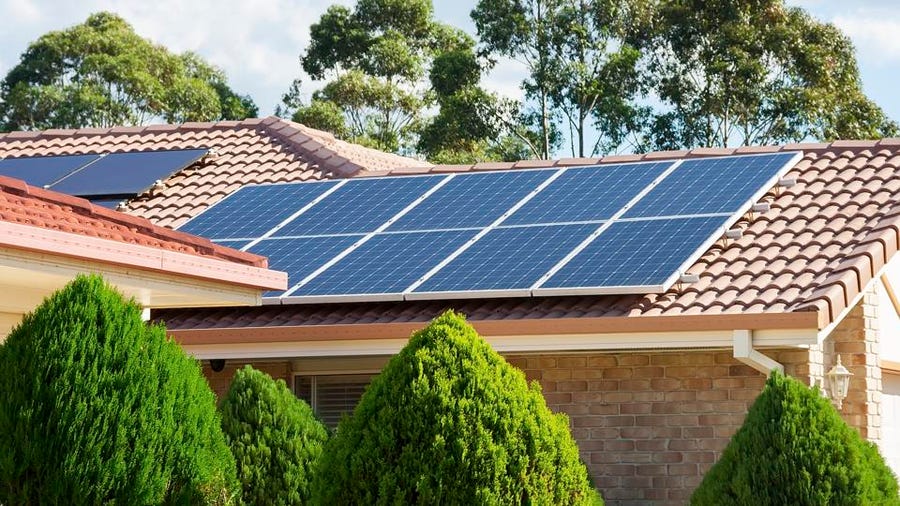A solar system is a beneficial and smart solution in this energy scarcity era. If you are thinking to buy one then go for it. Investing in a solar system is not costly at all. Latest solar panels like photovoltaic(PV) systems are easy to install. Also, the maintenance and operating charges are not that high. You can save a lot of energy. Long-term performance is ensured also. But sizing a solar system in your home may become tough for you. You still don’t know which one will produce the best for your home Or what kind of size your home may require. In this blog, we will discuss how to choose a solar system for your home.
Sizing a good solar system in your home
You must know how to size the solar system to cover up your energy usage. Also, we must not use an oversize PV array. First, you need to assess your solar needs. Then buy one. Chint PV Storage & Charging Solution have the best kind of PV storage available for your home. Make a budget for a solar system. Then check how much space you can offer. Plan energy offset also.
1. Calculate kWh usage –
Write down the kilowatt-hours (kWh) usage from your electricity bill. Check 12 monthly bills to get more information regarding your usage. Look for the months when your electricity bill is high. Like the consumption spikes in summer and winter due to A/C usage and heating machine. Chint PV Storage & Charging Solution provides PV storage for you. Note down your daily usage also.
2. Look up peak sun hours –
Note down the peak sun hours. It depends on location and local climate. Use the solar system at that time. Chint PV Storage & Charging Solution provides good PV storage. Look for the sun hours chart to determine the hours per day.
3. Size of your solar panel –
To size your solar system you need to calculate kWh energy. Buy solar panels as per requirement. The size matters a lot. It wi determine the consumption. Buy PV storage Chint PV Storage & Charging Solution.
4. Total numbers of solar panels –
Take the daily kWh energy requirement and divide it by sun hours to get the kW output. Divide kW output with your panel’s efficiency to get the total number of panels.
5. Select your mount type –
A roof mount is the simplest and most cost-effective solution as it costs less than racks. So to solve this, put your address on Google Maps to see if you have south-facing options for roof mount. If not then on an angle you have to add more solar panels. Solar system shod point toward the equator. Keep your solar panel close to the inverters. It will reduce the costs. A slope of the roof should be made to set up future solar panels. If you don’t have roof access then look for a ground mount Or pole mount. On the ground, you can install solar panels in any direction. Chint PV Storage & Charging Solution offers charging solutions for your solar panels.
6. Look into the guarantee period –
There are different types of solar systems in the market with different guarantee periods. You will see a 5-25 years guarantee on solar panels. If you think you can afford a large amount then we will advise you to go for longer guarantee periods. Solar panels are a one-time investment. So why not choose a nice one? Chint PV Storage & Charging Solution have every type of solar system with a variety of guarantee period. Choose from them.
7. Get a PV calculator to calculate the output of the Solar system –
Get a PV calculator to calculate the output of the solar system. There are different types of solar systems available on market. So the output is variable. PV calculator can help you calculate the output and then estimate according to that output.
Conclusion
Buying a solar panel is tough. You need to prepare a plan before investing in it. The whole calculation thing and area identifying tough job. But once you have invested in it, your monthly budget will reduce. The cost of electricity is high in the current situation. So buy a solar system to save.

